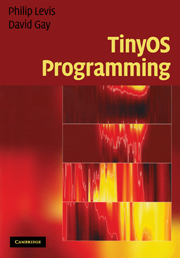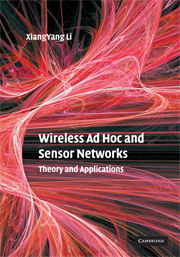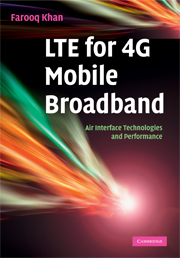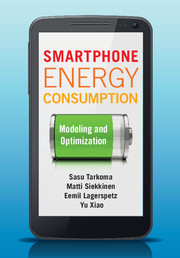TinyOS Programming
Do you need to know how to write systems, services, and applications using the TinyOS operating system? Learn how to write nesC code and efficient applications with this indispensable guide to TinyOS programming. Detailed examples show you how to write TinyOS code in full, from basic applications right up to new low-level systems and high performance applications. Two leading figures in the development of TinyOS also explain the reasons behind many of the design decisions made and, for the first time, how nesC relates to and differs from other C dialects. Handy features such as a library of software design patterns, programming hints and tips, end-of-chapter exercises, and an appendix summarizing the basic application-level TinyOS APIs make this the ultimate guide to TinyOS for embedded systems programmers, developers, designers, and graduate students.
- Complete code examples show how to write sensor network (TinyOS) code in full
- Programming hints and tips help you to write efficient applications
- A library of software design patterns and a summary of basic application-level Tiny OS APIs are included for convenient look up
Product details
No date availablePaperback
9780521896061
282 pages
248 × 174 × 14 mm
0.56kg
5 b/w illus.
Table of Contents
- Programming hints
- Preface
- Acknowledgements
- Part I. TinyOS and NesC:
- 1. Introduction
- 2. Names and program structure
- Part II. Basic Programming:
- 3. Components and interfaces
- 4. Configurations and wiring
- 5. Execution model
- 6. Applications
- 7. Mote-PC communication
- Part III. Advanced Programming:
- 8. Advanced components
- 9. Advanced wiring
- 10. Design patterns
- 11. Concurrency
- 12. Device drivers and the hardware abstraction architecture (HAA)
- 13. Advanced applications: SoundLocalizer
- Appendix: TinyOS APIs
- Bibliography
- Index.






